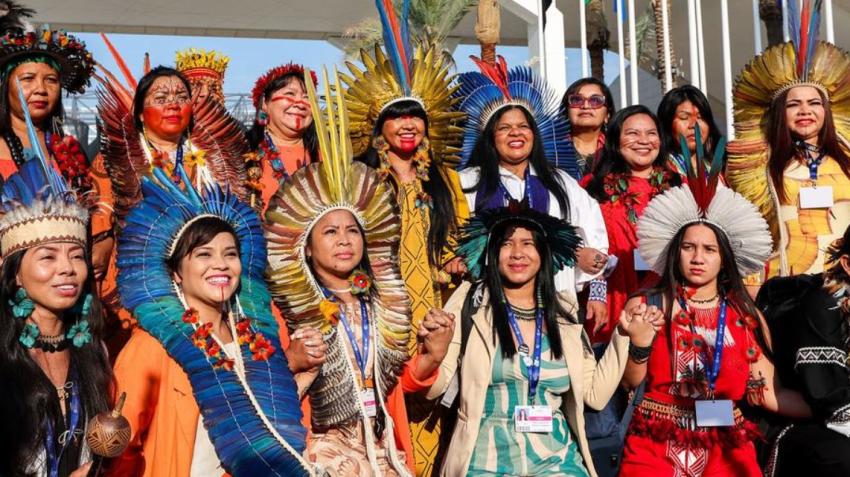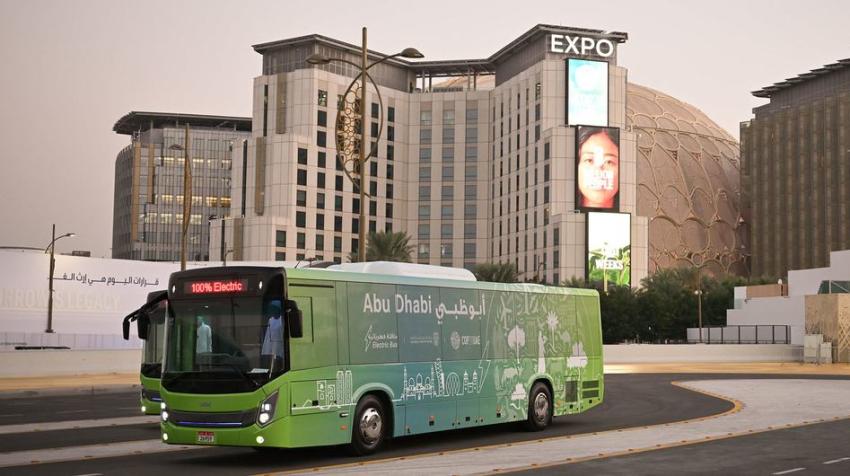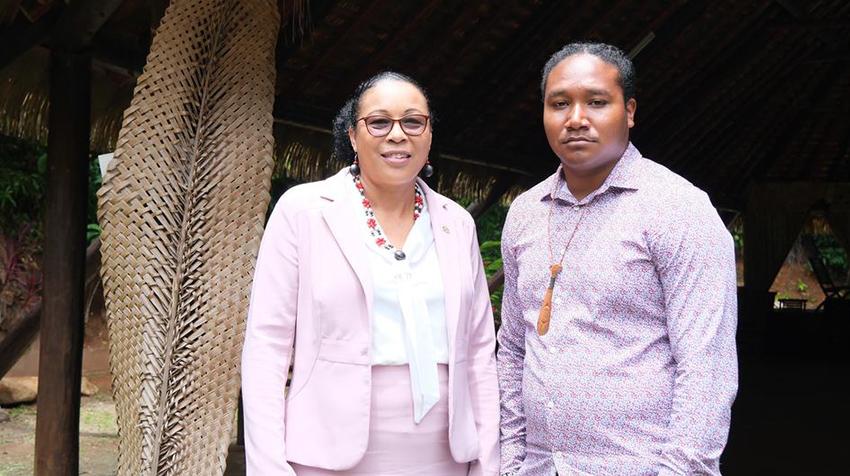Ecologists and conservationists don’t typically share the same stage as macroeconomists and statisticians. But a side event at the recent International Union for the Conservation of Nature (IUCN) World Conservation Congress made the case for greater integration between these communities.
The event, “Incorporating Nature in Development Planning through Natural Capital Accounting”, focused on the groundbreaking new System of Environmental-Economic Accounting (SEEA) Ecosystem Accounting, which measures ecosystems and their contributions to the economy and our wellbeing through ecosystem services, such as air filtration and crop provisioning. It also makes clear the tradeoffs between the economy and environment when it comes to different policy options.
Elliott Harris, UN Chief Economist and Assistant Secretary-General for Economic Development at UN DESA, explained that this new accounting system came about because “we finally accepted that we can no longer solely rely on GDP.” Instead, economists and policy makers are recognizing that the environmental and social effects of economic policies need to be considered when forming policies themselves. By connecting the dots between ecosystems, biodiversity and the economy, the SEEA Ecosystem Accounting can help ensure green growth and sustainable development.
During the side event, Mandy Driver, Senior Biodiversity Policy Advisor for the South African National Biodiversity Institute (SANBI) explained how the SEEA enables integration of ecological information with socio-economic information in South Africa. For example, SANBI and Statistics South Africa will soon publish accounts for protected areas which will track changes in the size and composition of the protected area estate in South Africa from 1900 to 2020.
This information can then be linked to socio-economic data, such as demographic data from the population census and data about economic activity around protected areas. As Driver explained, this will help “demonstrate that protected areas are not only a conservation asset but also a social and economic asset.” Existing accounts from South Africa have already shown that the number of jobs relating to biodiversity in the country is comparable to the number of jobs related to the mining sector, which is often seen as a mainstay of the South African economy.
The side event is the beginning of a larger collaboration, anchored in the World Conservation Congress’ adoption of Resolution 057 with a resounding majority, which calls for IUCN Members and partners to support national statistical offices in implementing the SEEA Ecosystem Accounting and including the accounts in all relevant aspects of their work.
Photo by Matthew Meijer on Unsplash.




